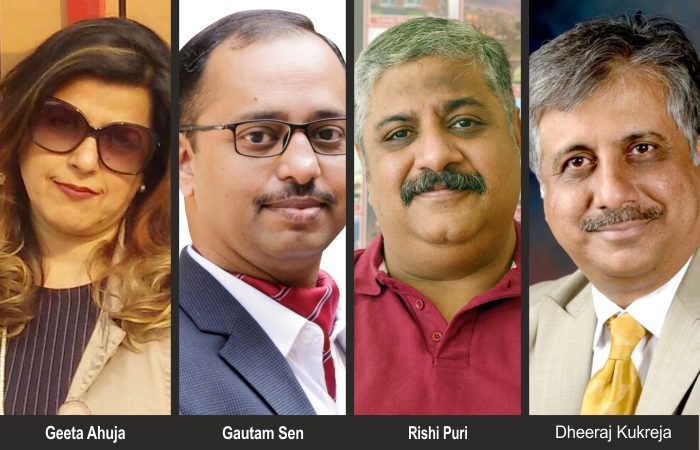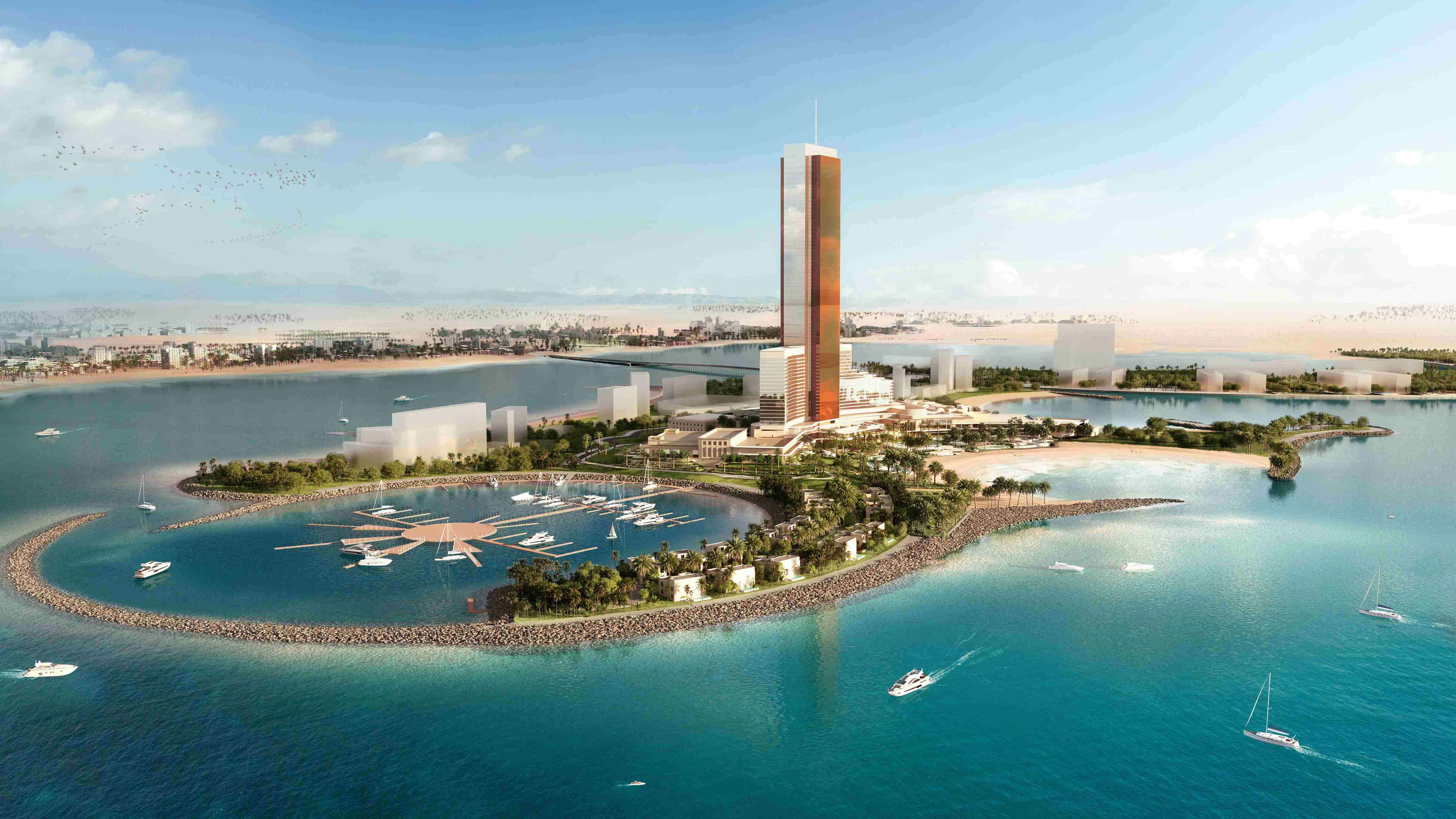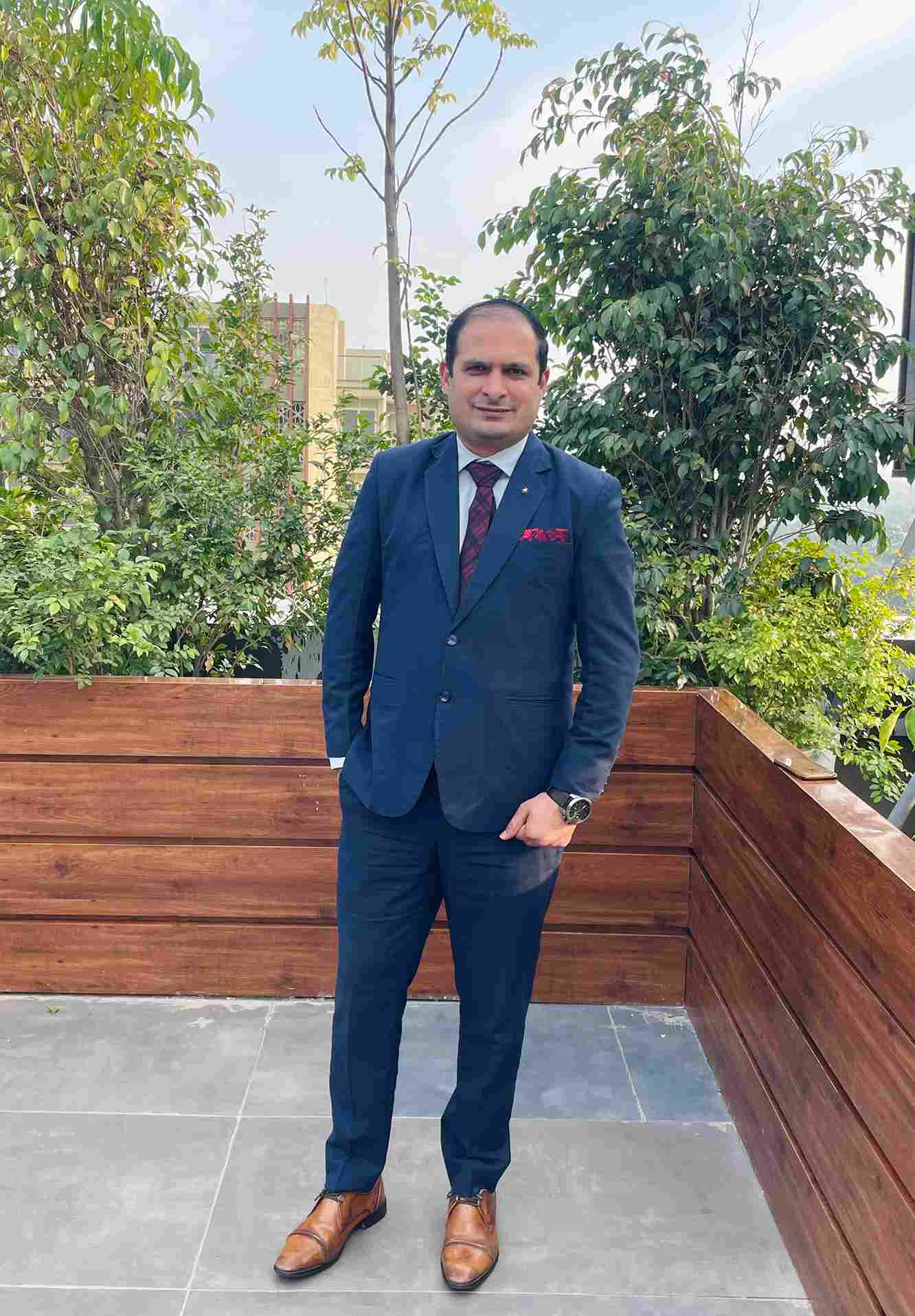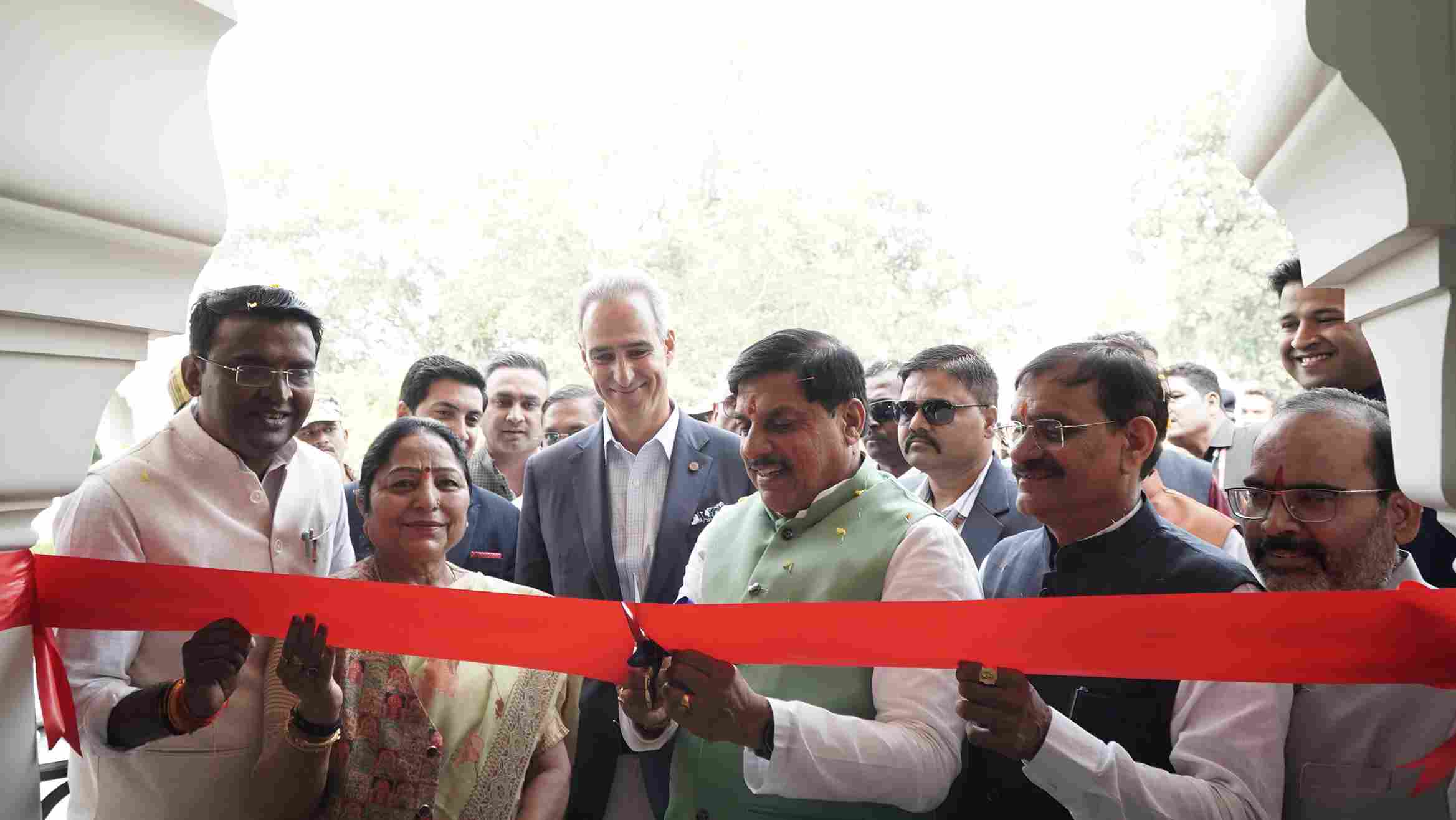The advent of the current and ongoing widely known prognosis has led to profuse and diverse ad hoc practices implemented across hospitality industries. But, the industry needs to eradicate them and come up with a more sustained approach in hotel design and a standardised implementation of the same across the industry.
Ananya Kukreja
Whilst disasters over the years have incited consequent disruptive contrivance, Sars-CoV-2 with its mutations has yet again begot an opportunity for hotels and parallel establishments to redesign and improve their services in order to better suit and provide for guest expectations, convenience and satisfaction. Hygiene and sanitation must prevail without intruding or making the traveller experience inconvenient; recognising that said precautions will be followed for a long term and a foreseeable future, hoteliers ought to better plan the same durably.
Conversion in Crises
With no prior knowledge, and the entire planet struggling, no standard procedures could be executed and the industry, through trial and error, learnt and adapted to the evolving needs. Geeta Ahuja, Interior Designer and Architect at Caryatid Design Studio, sums up this pandemic by stating, “One careful human can save another human being, but one careless human can spread and kill 70.”
After the initial disruption of travel and accommodation sectors, business gradually improved, greater information on the virus was circulated and guidelines were issued by authorities. Hotels in the Indian demographic adhered to the same whilst also complimenting the procedures with higher safety protocols, so as to compete with international standards. All the while one thing remained constant, and that was the provision of ad hoc practices. This has led to an outlook of improving services beyond guest expectations and incorporating new ideas throughout hotel operations in terms of design.
Progressive designs
The notion of luxury has in the recent past shifted from power and opulence to more inclusive experiences with a focus on generosity, flexibility and support. Gautam Sen, Associate Professor – Operations Management at Institute of Hotel Management(IHCL), Aurangabad, says, “Significant changes in design and space allocation is the way forward, where major markets across the world are utilising ergonomic designs to enhance staff productivity and guest convenience.”
The significant rise in awareness about benefits of exercise, health and wellness has now steered the way for biophilic designs which will prove intrinsic in redesigning public spaces. Allocation for natural light penetration and air circulation will not only provide for an acoustic sensory experience, but will also assist in reassuring the guests with flexible facilities whilst working wonders against the incubation virus. This includes inclusion of outdoor spaces like open terraces on lower floors and rooftop lounge bars, or at minimum, provision of windows in all closed spaces like guest rooms and staff quarters for air circulation and sunlight imbued decontamination. Ahuja, in continuation states that hotels over the last year, started a revolution of outdoor catering and services and realised the importance of open spaces due to aerosol contamination. To add to her assimilation, research suggests that there is an increasing consideration and ensuing implementation of open kitchens, non-invasive decorative screening and private booths in dining areas, lounges, and lobbies, especially in upcoming properties. Guestrooms, at least a select designated, are claimed to change in design and become larger in order to accommodate sleep, work, dining, work out and any other guest requirements, all in-room and in a confined space, till their confidence restores.
Rishi Puri, Senior Vice President – Operations & Development at Lords Hotels & Resorts, mentions that while existing hotels may not be able to fully benefit from these unviable structural changes, upcoming emerging hotels can very well in-build such ideas into design planning. He further mentions assembling of cabins for temperature checks along with sanitation stations located conveniently around the property, which does not require exceptional redesigning. “Additionally, with business travel reduced, hoteliers can create revenue by converting certain public areas, and even guest rooms into spaces for prevailing virtual meetings,” he adds.
One of the greatest changes the hotel industry continues to witness is FF&E (Furniture, Fixtures and Equipment) specifications. Interior designers here will have the most influence in terms of sensitive selections of materials and finishes that respond to the threat of contamination without losing the intrinsic human desire for warm, welcoming and tactile surroundings. FF&E specification is always in the front line, and this is especially true now.
Dheeraj Kukreja, Chief Operating Officer at Piccadily Holiday Resorts, has made considerable changes to their properties in terms of entry/ exit points of employees and guests. “We have reorganised the FF&E configuration in high footfall and frequent touch point areas like cafeteria, restaurant and lobby,” he says. In their PASS (Piccadily Assured Safety & Security) programme initiated last year, they have established easily accessible sanitation stations, standardised masks, PPE kits, sanitisers and disposable gloves as amenities, revamped safe procedures for buffet service otherwise discouraged, optimally spaced public area seating, and advisedly allowed sunlight in circulation. Kukreja believes that such provisions and more should be incorporated as a part of hotel design instead of seemingly ad hoc practices and be standardised throughout the industry.
Way forward
While travel is being authentically facilitated through health/vaccine passports, Kukreja regards software upgradation as a high priority where hotels can retrieve COVID-related information through government portals, reducing fudged reports and increasing ease of information delivery for informed decisions. Likewise, RFID (radio frequency identification) technology may be used by hotels to track guest movement while in transit and around the property for more quick and personalised experience.
“While its impact has subconsciously reduced, COVID-19 is not gone,” states Puri, and to palliate the same, “greater use of mentioned practices will drive bulk manufacturing, increase competition and subsequently reduce prices of the same,” recommends Kukreja, who further adds that governments must devise guidelines and encourage hotels towards said practices with slight rebate on taxes and subsidy provisions, which would elevate the execution.
Moving forward, hoteliers must consciously design for intentional flexibility that will offer the least amount of disruption to the guest experience and operations in a time of need and make processes seamless. One must be cautious of unsustainable over-correcting practices and allow progressive ideas due gestation time for research before heavily investing in expensive designs and technologies; in the meantime, training and staff skill development is the way to go. At the end of the day, one must think if such provisions are worth the expense, a rumination especially for small-scale properties. Hoteliers must ensure that such inclusions lead to their progression, not regression, and technologies as well as designs implemented are disruptive in its intended meaning.
 TravTalk India Online Magazine
TravTalk India Online Magazine





